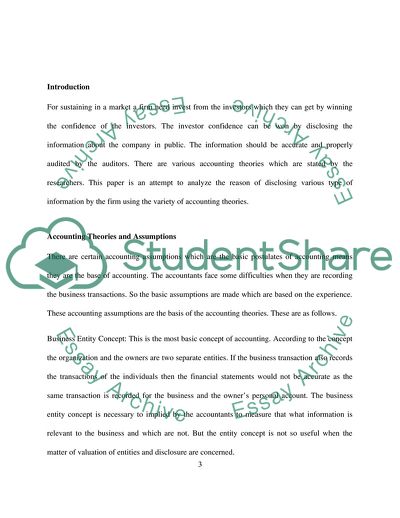Cite this document
(Accounting Theory: Firms disclosure of information Essay, n.d.)
Accounting Theory: Firms disclosure of information Essay. https://studentshare.org/finance-accounting/1762752-accounting-theory-firms-disclosure-of-information
Accounting Theory: Firms disclosure of information Essay. https://studentshare.org/finance-accounting/1762752-accounting-theory-firms-disclosure-of-information
(Accounting Theory: Firms Disclosure of Information Essay)
Accounting Theory: Firms Disclosure of Information Essay. https://studentshare.org/finance-accounting/1762752-accounting-theory-firms-disclosure-of-information.
Accounting Theory: Firms Disclosure of Information Essay. https://studentshare.org/finance-accounting/1762752-accounting-theory-firms-disclosure-of-information.
“Accounting Theory: Firms Disclosure of Information Essay”. https://studentshare.org/finance-accounting/1762752-accounting-theory-firms-disclosure-of-information.


